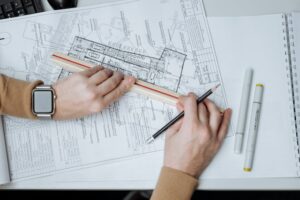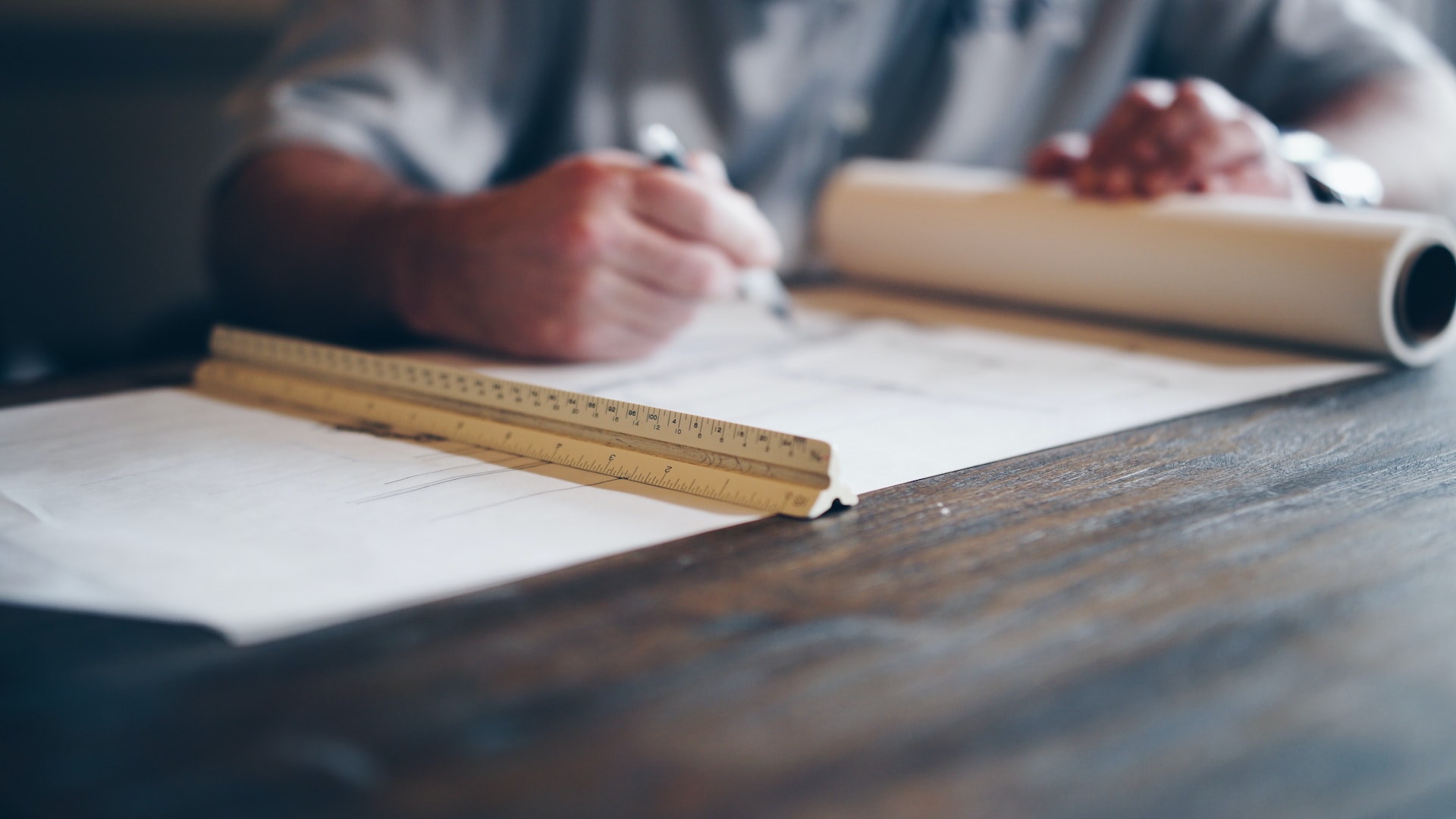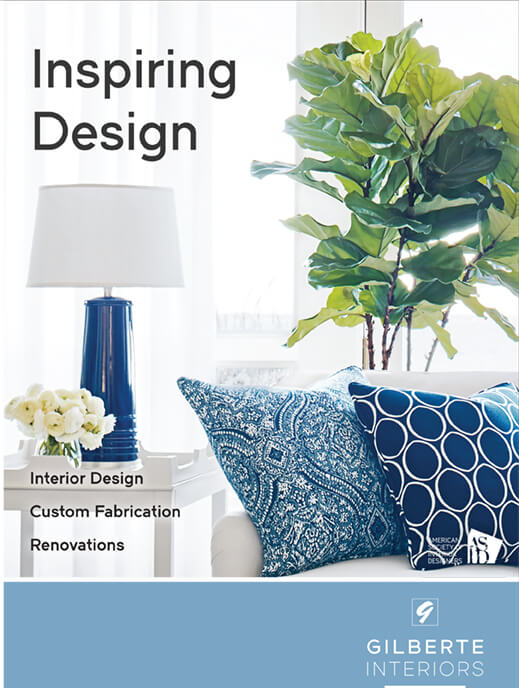Architects possess a unique skill set that balances creativity and practicality in their designs. They must not only envision innovative and visually stunning structures but also ensure that these designs are functional, safe, and meet the needs of their clients. This article explores essential skills that architects must possess to strike the right balance between creativity and practicality. You can read more https://www.bauabenteuer.de/traumhaus-bauen-der-weg-zum-richtigen-architekten/for tips to create an environment friendly house that’s sure to be an investment of the future and help builders save money.
Problem-Solving Abilities
 Architects are problem-solvers at the core of their profession. They encounter various challenges throughout the design and construction process and must find creative solutions. Whether incorporating unique client requirements, adhering to building codes and regulations, or addressing site constraints, architects must think critically and devise innovative approaches. To achieve well-balanced and practical design solutions, they consider space utilization, structural integrity, environmental impact, and functionality.
Architects are problem-solvers at the core of their profession. They encounter various challenges throughout the design and construction process and must find creative solutions. Whether incorporating unique client requirements, adhering to building codes and regulations, or addressing site constraints, architects must think critically and devise innovative approaches. To achieve well-balanced and practical design solutions, they consider space utilization, structural integrity, environmental impact, and functionality.
Technical Proficiency
A deep understanding of technical aspects is crucial for architects to transform their creative visions into tangible structures. They must be proficient in structural design, building materials, construction techniques, and mechanical systems. Technical expertise allows architects to optimize designs for efficiency, durability, and safety. They must remain updated with industry advancements and new technologies that can enhance the practicality and sustainability of their designs.
Effective Communication
Effective communication is paramount for architects to balance creativity and practicality successfully. Architects must engage in open and active communication with clients, consulting engineers, contractors, and other stakeholders involved in the design process. Through clear communication, architects can understand client expectations, manage project constraints, and collaborate effectively with the project team. Additionally, architects must effectively present their designs, conveying complex concepts and ideas in a way that non-technical individuals easily understand.
Understanding Human Behavior and the Environment
 Architects must deeply understand human behavior and how it interacts with the built environment. They consider ergonomics, accessibility, and user experience to create practical, user-friendly spaces. Architects also have a responsibility to design sustainable structures that minimize environmental impact. They incorporate principles of green design, energy efficiency, and the use of eco-friendly materials to strike a balance between creativity and environmental responsibility. The art of balancing creativity and practicality is an essential skill for architects. By leveraging problem-solving abilities, technical proficiency, effective communication, and a deep understanding of human behavior and the environment, architects can create designs that are not only visually striking but also functional, safe, and sustainable.
Architects must deeply understand human behavior and how it interacts with the built environment. They consider ergonomics, accessibility, and user experience to create practical, user-friendly spaces. Architects also have a responsibility to design sustainable structures that minimize environmental impact. They incorporate principles of green design, energy efficiency, and the use of eco-friendly materials to strike a balance between creativity and environmental responsibility. The art of balancing creativity and practicality is an essential skill for architects. By leveraging problem-solving abilities, technical proficiency, effective communication, and a deep understanding of human behavior and the environment, architects can create designs that are not only visually striking but also functional, safe, and sustainable.



